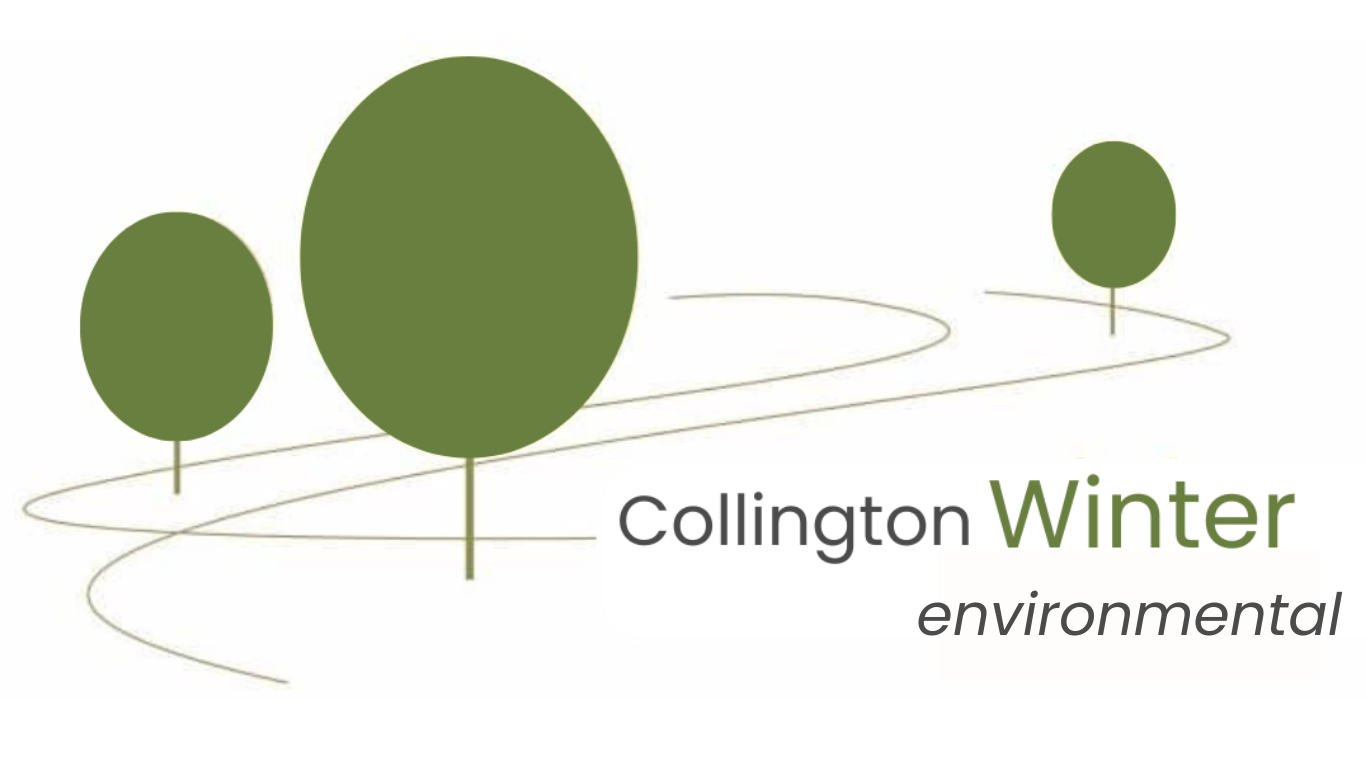Biodiversity Net Gain East Riding of Yorkshire
Biodiversity Net Gain (BNG), which has been a legal requirement since February 2024, is an approach to land and urban development that aims to leave the environment and local nature habitats in a measurably better state than before.
BNG encourages developers to deliver long-term environmental benefits either directly on-site or through off-site offsetting. This can be accomplished by minimising biodiversity loss, creating new habitats, and protecting existing habitats, species, and ecological features.
Many local planning authorities had already required developers to submit a biodiversity net gain plan prior to the February 2024 mandate, alongside other documents for planning permission.

Biodiversity Net Gain, East Riding of Yorkshire
In England, a net gain in biodiversity is mandatory under the Town and Country Planning Act 1990 (as inserted by Schedule 14 of the Environment Act 2021).
With the intention of protecting the natural environment, East Riding of Yorkshire County Council require a biodiversity net gain minimum of 10% for all proposed development projects. Planning projects must also deliver BNG that is continuous over the period of at least 30 years. If BNG is not possible at the location of development, developers must offset this elsewhere by purchasing biodiversity credits.
Promoting biodiversity net gain is especially crucial in areas of high conservation value, such as Sites of Special Scientific Interest. BNG is already widely integrated into local nature recovery strategies and supported by the National Planning Policy Framework.
The Planning Practice Guidance for Biodiversity Net Gain for England can be found on the GOV.UK website.
What types of developments does BNG apply to?
Biodiversity net gain is required for developments of all sizes. For larger projects, this applies to residential projects that host 10 or more dwellings or sites that span more than 0.5 hectares.
BNG also applies to small-scale developments, including residential projects with 1 to 9 homes or sites under 0.5 hectares, as well as commercial developments with less than 1,000 square metres of floor space or occupying under 1 hectare of land.
Biodiversity Net Gain principles
There are 10 good practice principles of biodiversity net gain that can help to achieve the minimum 10% improvement if they are followed. Those wishing to implement BNG should take the following principles into account:
- Utilise the mitigation hierarchy to minimise the impact on biodiversity
- Eliminate any negative impacts of development on biodiversity
- Communicate each BNG outcome with complete transparency
- Cover all areas of sustainability, including societal and economic factors
- Involve any pre and post-development stakeholders in creating mandatory BNG solutions
- Focus on producing lasting natural benefits for biodiversity to leave a site and East Riding of Yorkshire’s wildlife in an improved state
- Understand the variable factors and potential risks in order to deliver BNG
- Attempt to exceed the base level requirement for biodiversity gains where possible
- Determine a suitable method in order to secure measurable on-site BNG gains
- Ensure the best possible results from biodiversity net gain
Implementing BNG, East Riding of Yorkshire
Those unsure of how statutory biodiversity net gain delivery may affect a planning application should contact the local planning authority. If it is implied that your development may become heavily impacted, we recommend that you contact an experienced ecologist as soon as possible.
This way, you can discuss whether your development plans meet the local project requirements as well as any steps you may need to take in order to meet BNG standards. Our ecological consultants will complete a habitat classification assessment using a Statutory Biodiversity Metric (previously the Defra Biodiversity Metric 4.0). The results of the assessment will then be factored into a habitat management and monitoring plan to help achieve net gain.
How can Collington Winter assist with BNG?
Our skilled team of ecologists work in collaboration with clients throughout England and Wales – including in East Riding of Yorkshire. For both projects big and small, we can provide policy guidance, project recommendations and clarification on the principles of BNG to meet the needs of the East Riding of Yorkshire District Councils.
To find out more about Collington Winter’s approach to biodiversity net gain, East Riding of Yorkshire, we encourage you to get in touch with a member of our team at info@collingtonwinter.co.uk, or by using the contact form below.
Contact Us
Registered Address
23 Bark Street East, 1st Floor, Bolton, BL1 2BQ
Cambridge Office
Future Business Centre, Cambridge Campus, Kings Hedges Road, Cambridge, CB4 2HY
Leicester Office
Rutland House, 23-25 Friar Lane, Leicester, LE1 5QQ
Bristol Office
Newminster House, 27-29 Baldwin Street, Bristol, BS1 1LT
Telephone
Head Office: 01204 939 608
Dumfries Office: 01387 378208

